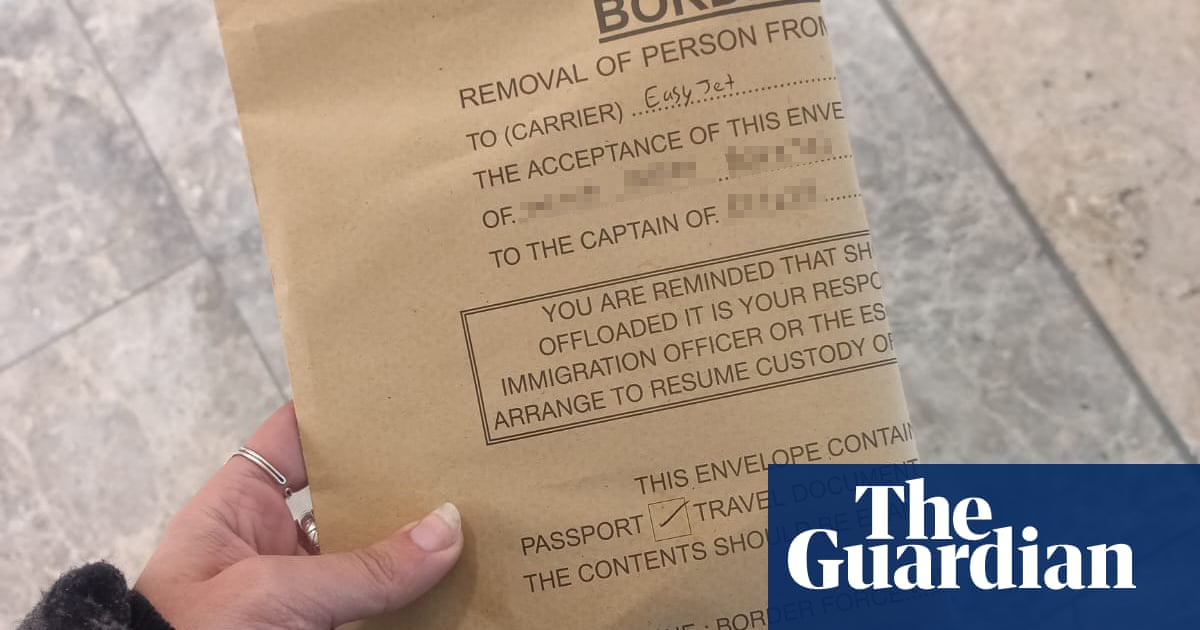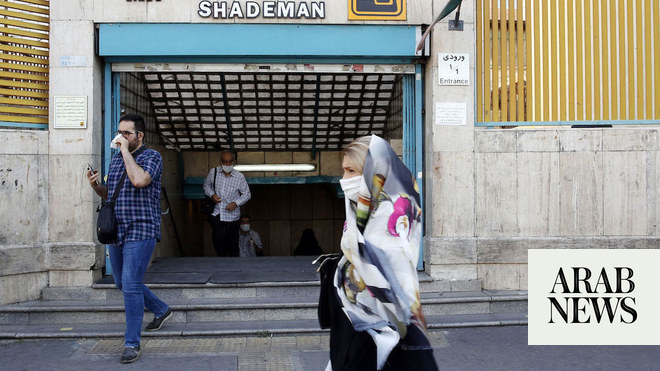
The presiding officer of the Scottish parliament has been forced to clarify that suffragette colours “are not, and never have been” banned on the Holyrood estate after a woman wearing a purple, green and white scarf was removed from a meeting of the equalities committee.
Alison Johnstone – the Holyrood equivalent of the Commons speaker – issued a statement later in the day describing the action by security staff on Tuesday morning as “an error” and apologising on behalf of the Scottish parliament.
The member of the public, who was observing a discussion of amendments to the Scottish government’s controversial gender recognition bill, posted on social media that “the Scottish parliament is now policing clothing colours”.
She later confirmed to the Guardian that she had been asked to remove the item but refused, and was then informed by security staff that the scarf was “political” because it was “associated with the women’s movement”.
A photograph of the offending item posted online shows a scarf in the colours of the early 20th-century Women’s Social and Political Union. These have been adopted by gender-critical feminists who oppose attempts to simplify how transgender people change their legal sex by a process known as self-declaration, and raise concerns about how this will impact on women’s protections.
Respondents on social media were perplexed at this interpretation of the parliament’s code of conduct for visitors, which states: “The display of banners, flags or political slogans, including on clothing and accessories (such as face coverings), is not permitted.”
Johnstone’s full statement said: “Let me make one thing crystal clear, suffrage colours are not, and never have been, banned at the Scottish parliament. We actively support and promote universal suffrage in a number of ways at Holyrood and will continue to do so.
“I would like to advise the chamber that the action taken this morning was not prompted by any of the members of the [equalities] committee.”
She added: “The wearing of a scarf in those colours does not, in itself, breach the visitor code of conduct. The parliament wishes people to engage with the democratic process, including observing elected representatives debate and make the law of the country.”
At a previous committee hearing in June, a woman wearing a T-shirt with the slogan “Nicola Sturgeon, destroyer of women’s rights” was asked to leave the room. The same slogan was later worn by JK Rowling, an active opponent of plans to introduce self-declaration for transgender people wishing to change the sex on their birth certificate.
As the row unfolded, the committee rejected an amendment from the Scottish Conservatives to retain the age limit for a gender recognition certificate to 18 rather than reducing it to 16, one of the bill’s proposals that has caused most concern among opponents.
On Monday, the Equality and Human Rights Commission – which has previously attracted criticism from LGBTQ+ equality campaigners for its interventions on Scottish government plans – issued a briefing paper that suggested the plans should either exclude under-18s or significantly strengthen protections for younger teenagers.
The committee instead favoured SNP MSP Christine Grahame’s proposal that 16- and 17-year-olds should have lived in their acquired gender for at least six months instead of the planned three-month reflection period.












